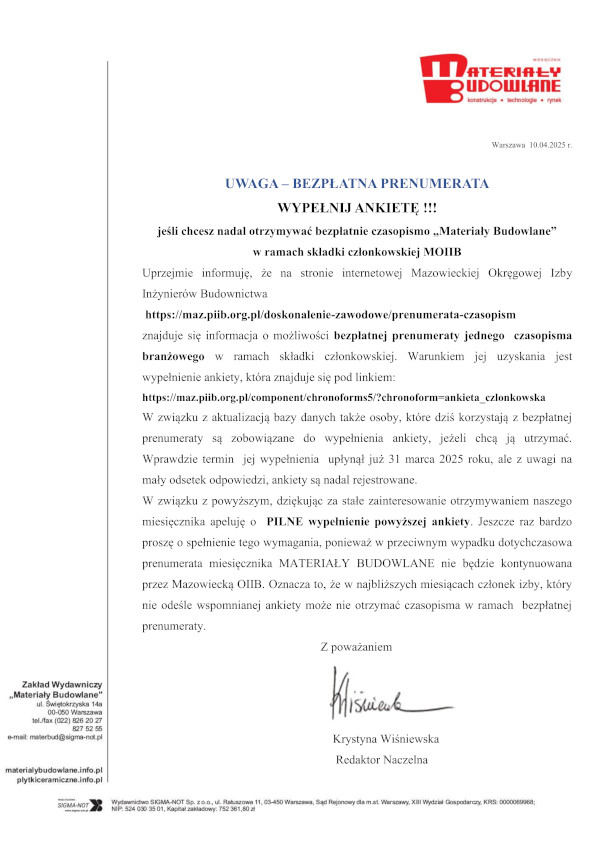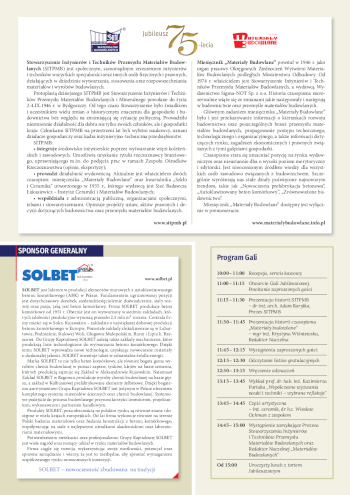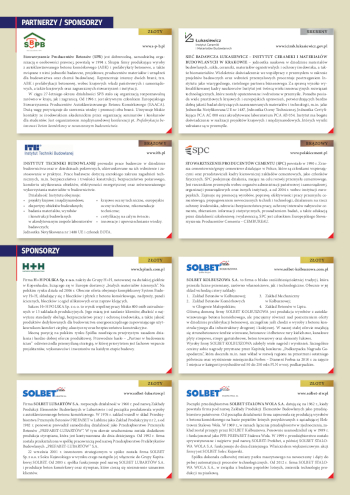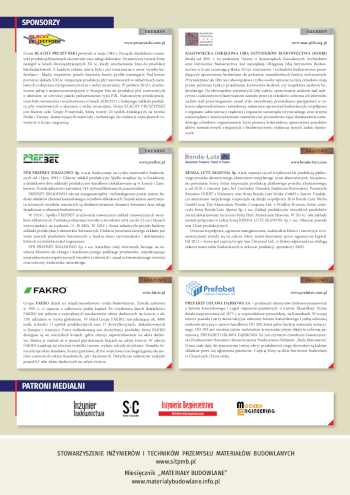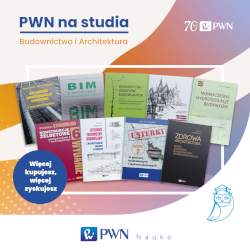Open Access (Artykuł w pliku PDF)
Analiza problemów i barier w procesach zachodzących na placach budów
MSc Alireza Tabrizikahou, Poznan University of Technology, Faculty of Civil and Transport Engineering
ORCID: 0000-0002-3161-2224
Dr. Eng. Piotr Nowotarski, Poznan University of Technology, Faculty of Civil and Transport Engineering
ORCID: 0000-0002-6782-7147
Corespondence address: Ten adres pocztowy jest chroniony przed spamowaniem. Aby go zobaczyć, konieczne jest włączenie w przeglądarce obsługi JavaScript.
DOI: 10.15199/33.2022.12.24
Review paper
Abstract. There are various problems in modern construction sites. Some of these problems affect a construction process directly while some have side effects such as global warming. The purpose of this study was to find the most important problems based on two different methods. Firstly, by using statically and comprehensive analysis of top cited articles the most important problems based onWeb of Science database and data comparison were given in execution and monitoring stage of a construction project. Secondly certain number of construction engineers were asked to define the most important problems by ranking eight determined problems based on their importance. In general lack of skilled workers on site were considered as the most important problem while shortage in site equipment as the least important one based on presented assumptions.
Keywords: construction; construction project process; barriers and problems; constructionmanagement; risk analysis;Web of Science.
Streszczenie. Na współczesnych placach budowy występują różne problemy. Niektóre z nich wpływają bezpośrednio na proces budowlany, podczas gdy inne mają skutki uboczne, takie jak np. globalne ocieplenie. Celem tego artykułu było znalezienie najważniejszych problemów na podstawie dwóch różnych metod. Po pierwsze, za pomocą analizy statystycznej i kompleksowej najczęściej cytowanych artykułów, na podstawie bazy Web of Science i porównania danych, podano najważniejsze problemy na etapie realizacji i monitorowania projektu budowlanego. Po drugie, poproszono pewną liczbę inżynierów budowlanych o zdefiniowanie najważniejszych problemów przez uszeregowanie ośmiu określonych według ich ważności. Ustalono, że brak wykwalifikowanych pracowników na budowie został uznany za najważniejszy problem, podczas gdy brak sprzętu za najmniej ważny (na podstawie przyjętych i opisanych założeń).
Słowa kluczowe: budownictwo; proces budowlany; bariery i problemy; zarządzanie budową; analiza ryzyka, Web of Science.
References
[1] Global Construction Perspectives and Oxford Economics. 2015. Global construction 2030: A global forecast for the construction industry to 2030.
[2] Hussin JM, Rahman IA,MemonAH. The way forward in sustainable construction: issues and challenges. International Journal of Advances in Applied Sciences. 2013; 2(1): 15 – 24.
[3] Rodrigues MC, da Rosa LAB, Camargo CR, Barbieri LC, Gomes CM. Theoretical and Methodological Paths for Studies About Entrepreneurship and Social Development: A Longitudinal Study of Scientific Production on the Web of Science in the Period 1996-2016. In Entrepreneurial Orientation and Opportunities for Global Economic Growth 2019 (pp. 20-45). IGI Global.
[4] Kuei-Hu Chang. Evaluate the orderings of risk for failure problems using a more general RPN methodology. Microelectronics Reliability. 2009; 49, Issue 12: 1586 – 1596.
[5] Putcha C, Rodriguez J, Dutta S, Hebert L. Risk priority number for construction failures. In The 17th Int’l Confon Software Engineering Research and Practice (SERP) 2019.
[6] Gallab M, Bouloiz H,Alaoui YL, Tkiouat M. Risk Assessment of maintenance activities using fuzzy logic. Procedia computer science. 2019; 148: 226 – 235.
[7] Cao X, Deng Y. A new geometric mean FMEA method based on information quality. IEEE Access. 2019; 7: 95547 – 95554.
[8] ProjectManagement Institute. 2004.AGuide to the Project Management Body of Knowledge (PMBOK Guide). Newtown Square, Pa: Project Management Institute.
[9] Carter C, Rogers D. A Framework of Sustainable Supply Chain Management: Moving Toward New Theory. International Journal of Physical Distribution & Logistics Management. 2008; 38.
[10] Ahmaruzzaman M. A review on the utilization of fly ash. Progress in Energy and Combustion Science. 2010; 36, Issue 3: 327 – 363.
[11] Lothenbach B, Scrivener K, Hooton RD. 2011. Supplementary cementitious materials. Cement and Concrete Research. 2011; Research. Volume 41, Issue 12: 1232-1243.
[12] Sanchez F, Sobolev K. Nanotechnology in concrete – A review. Construction and Building Materials. 2010; 24, Issue 11: 2060-2071.
[13] Juenger MCG, Winnefeld F, Provis JL, Ideker JH. Advances in alternative cementitious binders. Cement and Concrete Research. 201; 41, Issue 12: 1232 – 1243.
Przyjęto do druku: 10.11.2022 r.
Materiały Budowlane 12/2022, strona 88-91 (spis treści >>)


